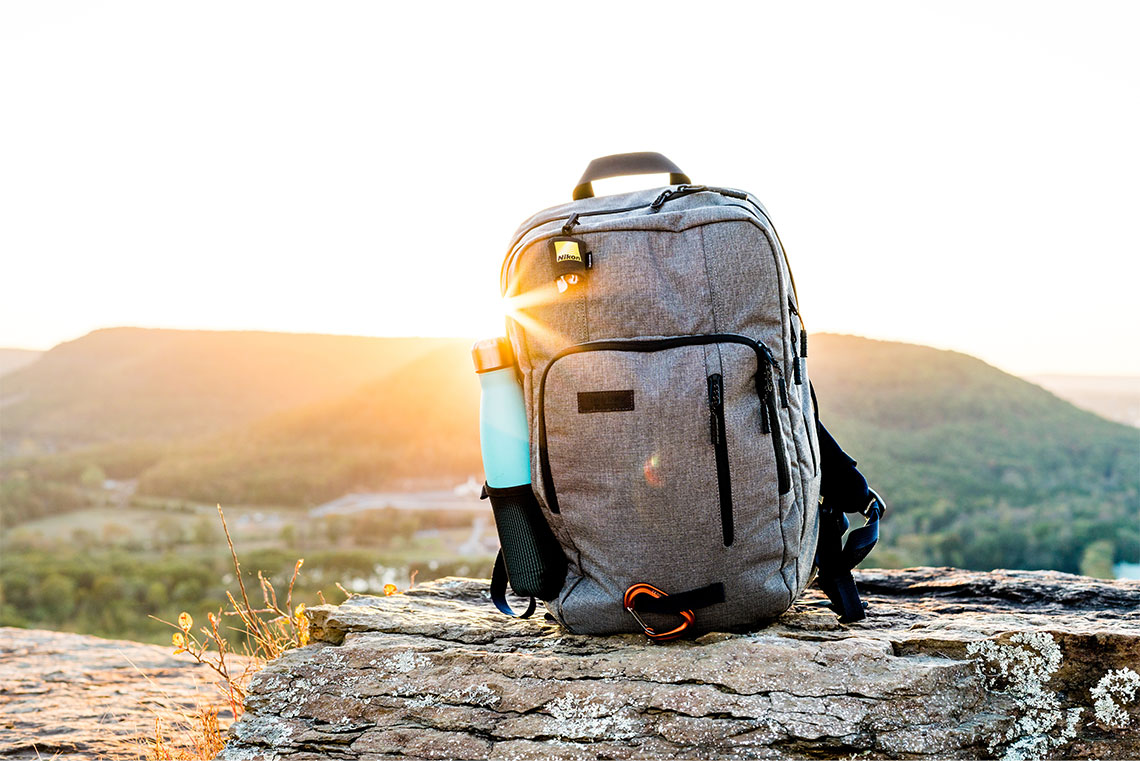Exploring the outdoors is a great way to get some fresh air and exercise, but it's important to make sure you're properly prepared.
Xinalani's All Inclusive Packages
One of the most essential items for any outdoor adventure is the clothing you choose to wear.
Beautiful Eco Chic Rooms and Beach Casitas
When going on a hiking trip into the wild, there are certain types of clothes that will help keep you safe and comfortable during your outing.
From breathable fabrics to moisture-wicking materials, here are some of the best clothes to consider wearing when embarking on an outdoor journey.
Making A Checklist
Having a comprehensive checklist is essential for any successful outdoor adventure.
An ideal hiking checklist should include all the necessary items you will need while out in the wild, such as durable and comfortable clothing, water bottles, snacks, a first-aid kit, a map of the area, sunscreen, and insect repellent.
Creating a checklist for a hiking trip is essential to ensure that you have all the necessary supplies and clothing packed to keep you safe and comfortable in the outdoors.
Having a comprehensive list of items to bring along on your trip will help you avoid potential problems or pitfalls while away from civilization.
Choosing Breathable Fabrics
When it comes to what clothes to wear on a hiking trip, it's important to consider the type of fabric being worn.
A great option is breathable fabrics that allow air to flow freely and keep you cool and comfortable throughout your journey.
These kinds of materials also tend to be lightweight, so they won't weigh you down while trekking.
Look for clothing made of fabrics like cotton, linen, and lightweight synthetic blends that will wick away moisture to keep you dry and comfortable.
Cotton
When selecting breathable fabrics for a hiking trip, cotton is an ideal choice.
It naturally absorbs moisture and sweat, allowing you to stay cool and comfortable during your hike.
Cotton is also lightweight and highly breathable, making it perfect for outdoor activities.
It is durable and resistant to damage from the elements like wind, rain, and sun.
Linen
Another great option for breathable fabrics is linen, which has a loose weave that allows air to pass through easily.
Linen fabric is lightweight and comfortable, making it suitable for hikes in hot climates.
It also offers a good level of protection from the elements and can wick away moisture more effectively than cotton.
Synthetic Blends
For those who are looking for a fabric that is lightweight, breathable, and moisture-wicking, synthetic blends are an excellent option.
Look for fabrics like polyester or nylon that will keep you cool and dry throughout your journey while providing adequate protection from the elements.
These kinds of fabrics are usually more durable and resistant to damage than other natural fibers.
Finding Moisture-Wicking Materials
When it comes to what clothes to wear on a hiking trip, it's important to choose moisture-wicking materials that will keep you dry and comfortable.
Synthetic fabrics like polyester and nylon are great options as they quickly wick away sweat and moisture from your skin while remaining lightweight and breathable.
Merino wool is another excellent choice as it provides natural insulation and helps regulate body temperature, making it perfect for cooler weather.
Layering Your Clothes
Layering your clothes is one of the best ways to ensure you stay warm and comfortable during a hike in the wild.
Start off with a base layer made of lightweight, moisture-wicking materials to help regulate body temperature and wick away sweat.
Then, layer on clothes made of thicker fabrics like fleece or wool for warmth in cooler weather conditions.
Add on an outer layer that is waterproof and windproof to protect you from the elements.
When going on a hiking trip into the wild, it's essential to be aware of the health impacts that can result from inadequate clothing.
Not only can the wrong clothes leave you feeling uncomfortable and exposed to the elements, but they can also increase your risk of developing health problems such as hypothermia, sunburns, and dehydration.
Protecting Your Skin
Don’t forget to protect your skin from the sun and other harsh elements you may encounter while out in nature.
Wear long sleeves and pants made of lightweight fabrics that offer protection from the sun’s UV rays. Also, consider wearing a wide-brimmed hat or sunglasses for added protection.
Skin protection is extremely important when going on a hiking trip in the wild. The sun's UV rays can cause serious damage to the skin, including sunburns and premature aging.
Long-term exposure to the sun can even put an individual at risk of developing skin cancer or other conditions such as actinic keratoses – precancerous growths – and solar lentigines, also known as age spots.
Selecting The Right Footwear
When it comes to selecting the right footwear for a hiking trip, comfort and protection are key.
Look for shoes that provide traction, cushioning, and stability while walking on uneven terrain.
Hiking boots or trail running shoes are great options as they usually offer excellent cushioning, arch support, and waterproofing to keep your feet dry when walking through wet terrain.
Making sure you are properly dressed is an essential part of staying safe and comfortable while out in the wild.
By considering breathable fabrics, moisture-wicking materials, layering your clothes, and protecting your skin from the sun, you will be able to make the most of your outdoor journey.
Don’t forget to select the right footwear for your trek as well! With the right clothing, you will be able to enjoy the great outdoors even more.
Opting For Protective Gear And Accessories
When embarking on an outdoor journey, it is important to make sure you are properly outfitted with the right gear and clothing.
Protective gear such as hats, sunglasses, and sunscreens can help protect your skin from harmful UV rays while trekking in sunny weather.
Accessories like gloves, scarves, and hats can provide additional warmth when temperatures drop.
Pack a small first-aid kit in case of any minor injuries or illnesses that may arise while away from civilization.
Before You Start Packing
No matter what type of outdoor journey you’re planning, it is important to make sure that you have the right clothing and gear.
Consider breathable fabrics for comfort and moisture-wicking materials to stay dry.
Layering your clothes will help keep you warm in cooler weather while protective gear such as hats, sunglasses, and sunscreens can protect from UV rays.
Don’t forget to pack a small first aid kit just in case! With these tips on finding the perfect hiking outfit, you'll be ready for any adventure that awaits.
About the Author

























